Incessant and nerve-shattering, the cacophony of the sounds of war — shelling, air-raid alarms, explosions — has seemingly muffled the voices of those under Russian attack in Ukraine. Yet, as Ukrainian citizens learn to coexist with the destruction that plagues their quotidian comings and goings, the resilience of the country’s artists couldn’t be more thunderous. With the concise, but still singularly haunting “Rule of Two Walls,” Ukrainian American director David Gutnik has assembled a collection of portraits highlighting the experiences of artists from across the country who’ve found shelter in the city of Lviv, including some of the people behind the making of this very documentary.
Shot in early 2022, just months into the invasion, “Rule of Two Walls” features casual ruminations on how the ongoing occupation has upended the personal and professional facets of some of Ukraine’s most creative minds. These voices include Lyana Mytsko, the director of Lviv Municipal Art Center, where artists can develop and exhibit their work, and rapper Stepan Burban (aka Palindrom) whose lyrics, pointedly in Ukrainian after first trying to do it in Russian, speak of aspirations cut short by the violence. There’s also the film’s sound recordist Mykhailo Zakutskyi, and even the producer Olha Beskhmelnytsina. The latter explains her decision to remain in the country: not only to take care of her parents ,but to facilitate the filmic documentation of the events.
But to employ uber conventional talking-head interviews in a piece about the challenging undertaking of art amid chaos would have felt too aesthetically inert to match the determined energy brimming from the subjects. Gutnik opts instead for a propulsive soundtrack, clever camera movements and cuts that lend a fluidity to each segment, comprised of images that showcase the process or that contemplate each person in their daily activities. While “Rule of Two Walls” is divided into three chapters, these are not dictated by the people sharing their memories, but by how Gutnik groups their introspective thoughts, meaning that multiple voices appear in each section.
Be aware, however, of the extremely graphic nature of the footage that interjects these personal essays. People calcined in a fire, a beheaded corpse and bloated bodies in different states of decomposition make it nearly impossible to not want to look away. Their inclusion, a deliberate shock to the system, jolts the viewer into remembering the dire context in which these creative endeavors are happening. When cinematographer Volodymyr Ivanov speaks of how desensitized he feels to the horrors and of the insomnia that afflicts him, his solemn testimony douses the documentary in his almost flammable rage and sorrow.
For these artists the “rule of two walls” — which means finding refuge in a corridor when no other shelter is available during a bombardment — symbolizes their conflicted interstitial position as they strive to voice their feelings while confronted with the suffering that surrounds them. They are both victims and heroes persevering through the fog of war. Still, in the face of such reality, making music, painting and making a movie can seem trivial. In turn, the existence and prominence of docs like “Rule of Two Walls,” and many others about this conflict, also reveals the straightforwardness with which Western viewers can empathize with the Ukrainian plight because powerful countries have unambiguously denounced their victimizer. The same can’t be said about how the ongoing humanitarian crisis in Palestine has been handled, and how the West certainly shares the blame.
Late in the picture, Gutnik potently inserts himself into the film, speaking in English about the tragedy that no one in his family speaks Ukrainian even though all of his closest relatives were born there. In Soviet times, Russian was the required tongue to gain employment, a tactic of assimilation, likely to eradicate individuality among the republics.
That unattainable homogeneity is part of Putin’s rhetoric, claiming that there’s no discernable Ukrainian culture. One peek into the whirlwind of memories and expressions depicted in “Rule of Two Walls” renders such a preposterous proclamation inconsequential.
Perhaps what crystalizes the doc’s position on an imperative need for art even in the bleakest of circumstances is the image of a theater in Mariupol before it was destroyed. Although the building itself doesn’t exist in a usable form anymore, its image from a past that now seems distant can still instill hope. It’s a tangible symbol of their collective imaginary worth fighting for. “Rule of Two Wars” serves a similar purpose.

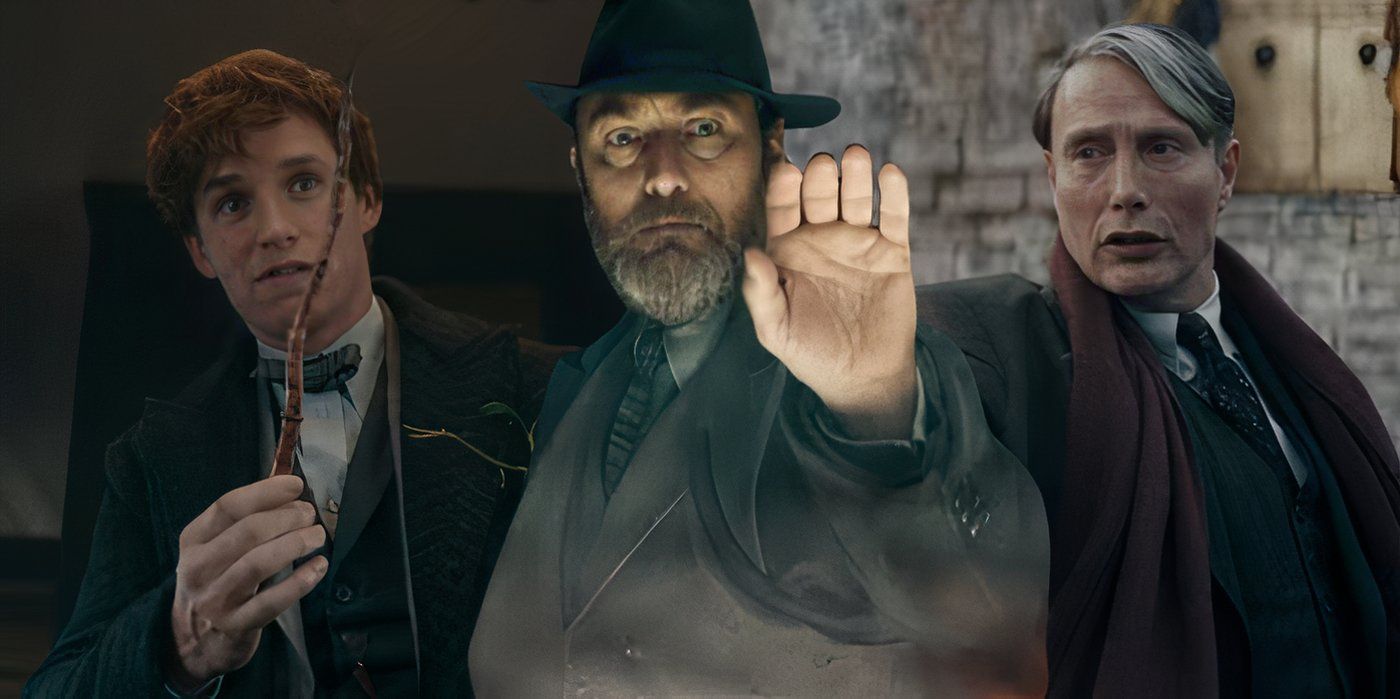
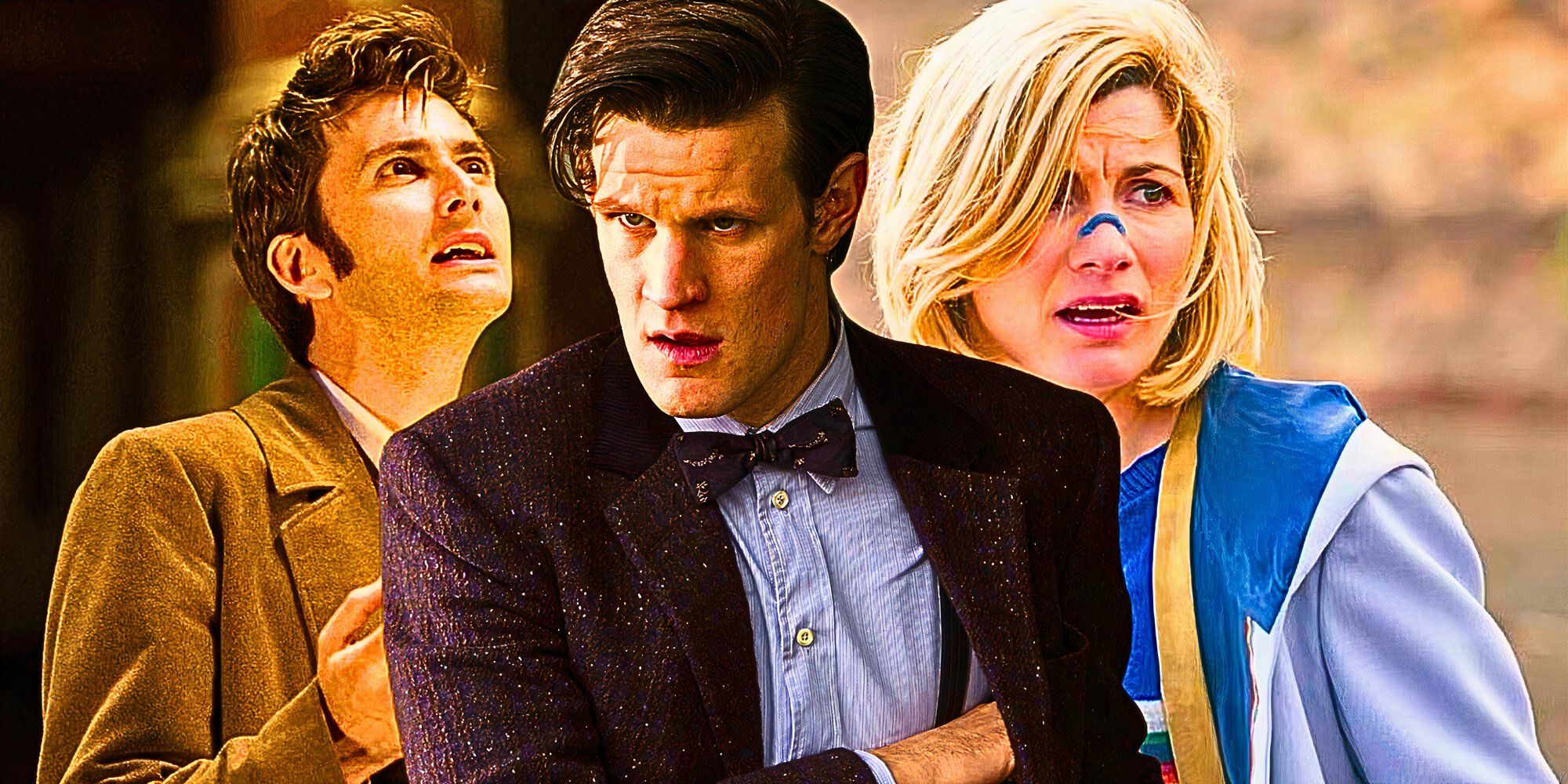
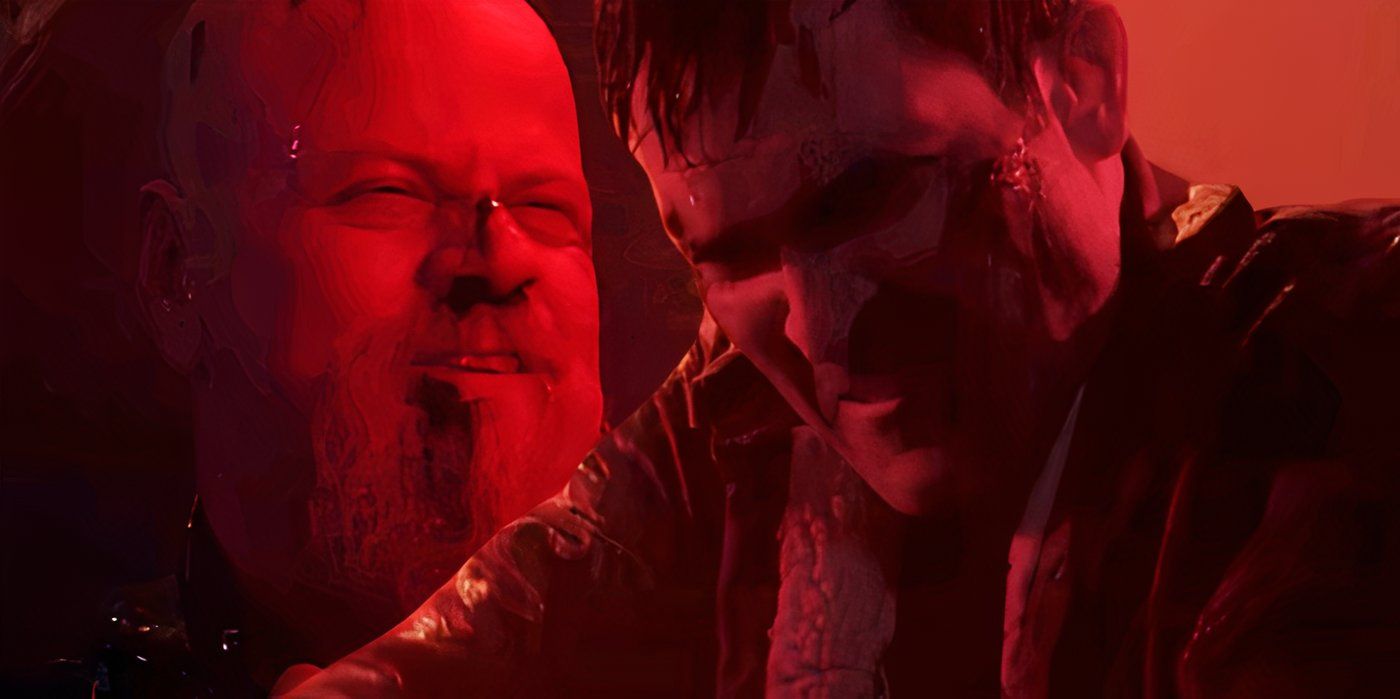
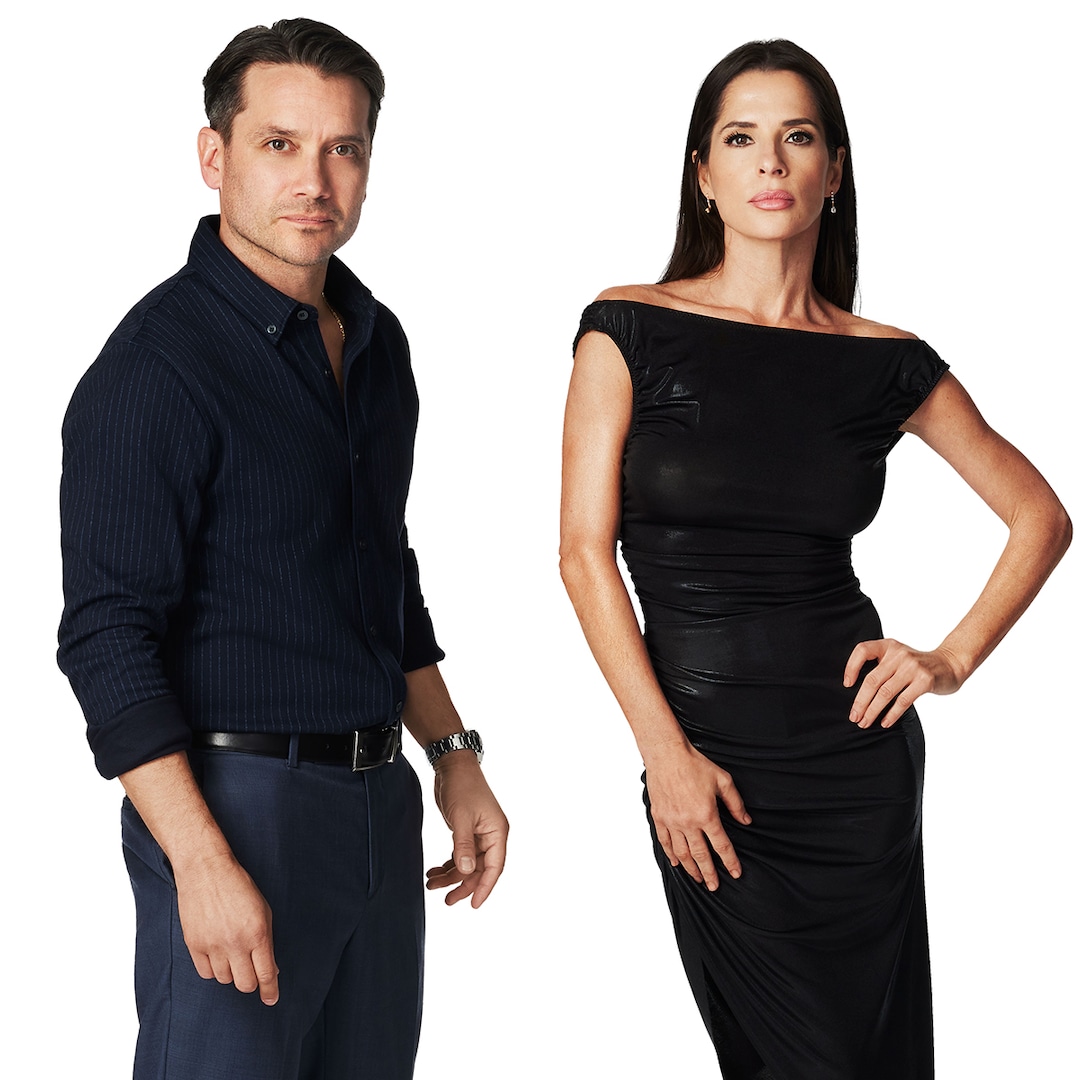
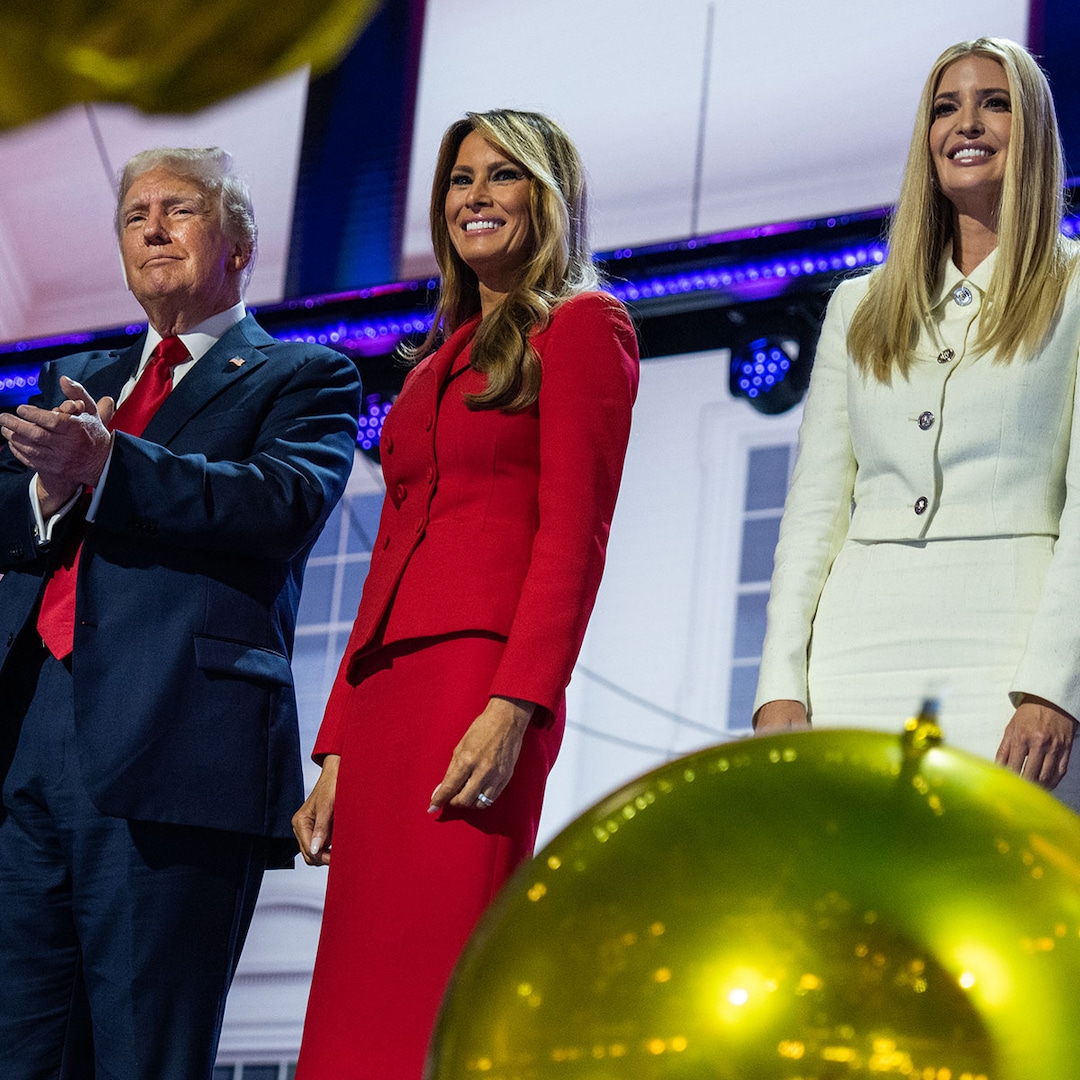
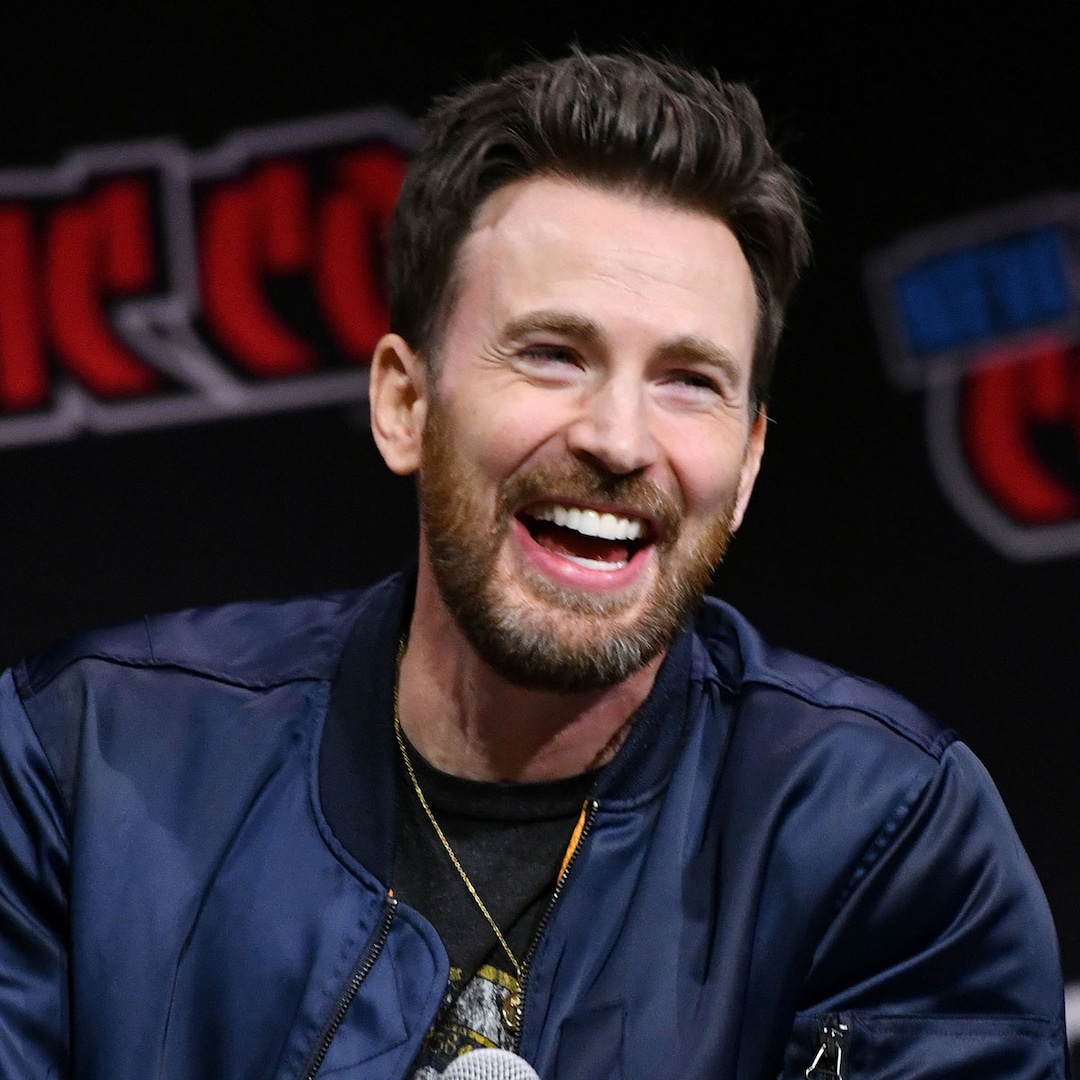

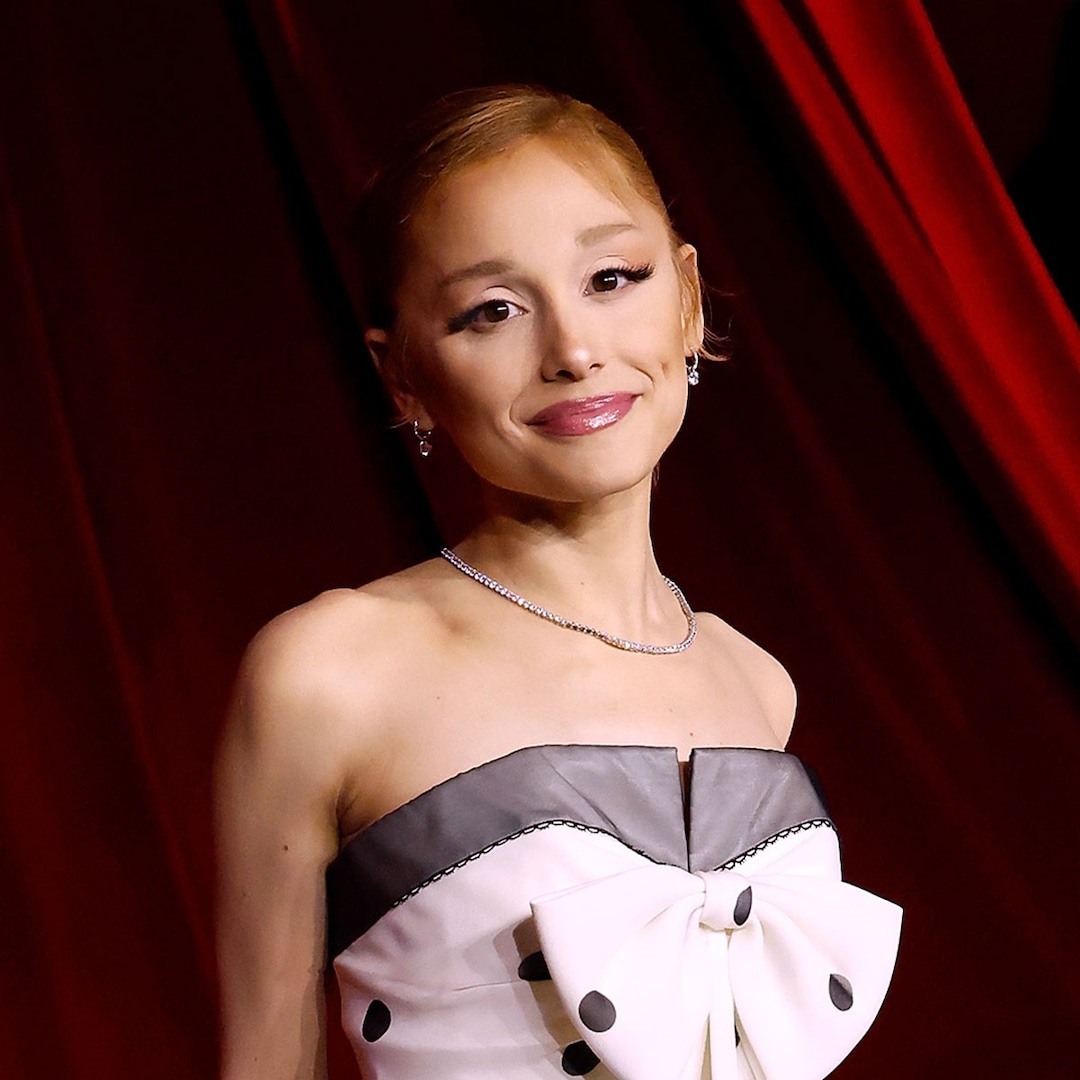
 English (US) ·
English (US) ·